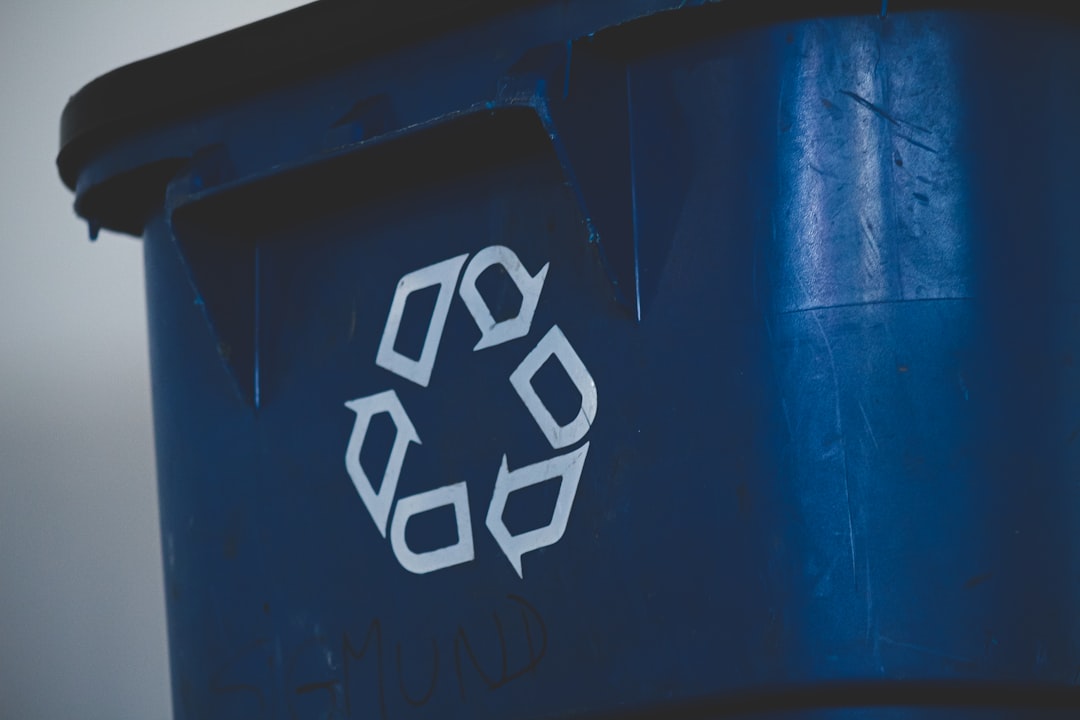Why Recycling Matters More Than Ever After a Storm (Image Credits: Unsplash)
Twisted metal glints under the relentless sun as crews sift through the chaos of fallen branches and shattered homes.
Why Recycling Matters More Than Ever After a Storm
Storms like hurricanes leave behind mountains of debris that can overwhelm landfills if not handled right. Sorting what can be reused versus what ends up buried makes a real difference in recovery efforts. Communities bounce back faster when recycling cuts down on waste and even generates revenue from scrap materials.
Think about it: a single hurricane can produce enough rubble to fill stadiums. Getting the basics down helps everyone contribute without adding to the mess. Local rules vary, but the principles stay the same across storm-hit areas.
Question 1: Those Tangled Extension Cords – Recyclable or Trash?
After powering through outages, extension cords often end up in heaps of household junk. Most are made of copper wire wrapped in plastic, both valuable for recycling. Facilities can melt down the metal and repurpose the insulation.
However, damaged cords with frayed ends pose fire risks, so check for safety first. Drop them at e-waste spots rather than curbside bins. Surprising fact: recycled copper saves up to 85% of the energy needed to mine new stuff.
Question 2: Flood-Soaked Furniture – Second Chance or Landfill Bound?
Moldy couches and waterlogged tables seem doomed, but not always. Wood from undamaged pieces can get chipped into mulch or animal bedding. Upholstered items, though, usually go straight to trash due to contamination.
Salvage what you can by separating frames from fabric. Donation centers might take dry goods before they spoil. In hurricane zones, programs often pop up to haul away bulky items for free processing.
Question 3: Plastic Bottles from Emergency Kits – Yes or No?
Empty water bottles pile up fast during evacuations. These PET plastics recycle well into new bottles or fleece clothing. Rinse them out to avoid attracting pests in the heat.
Curbside programs in many coastal areas accept them, but caps go separately to prevent jams in machines. One ton of recycled plastic saves enough energy to power a home for months. Skip the wishful thinking; contaminated ones just clog the system.
Question 4: Roofing Shingles and Siding – Hidden Recycling Gems?
Torn-off shingles from wind damage look hopeless, but asphalt ones can get ground into road base. Metal siding melts down easily for new panels. Composite materials, however, often end up as waste.
Contractors in storm-prone spots know the drill and partner with recyclers. Haul them to designated yards instead of mixing with yard waste. This keeps hazardous tar from leaching into soil.
Question 5: Batteries from Flashlights and Radios – Tricky but Essential
Dead batteries litter homes after long blackouts. Alkaline types go to special facilities to recover zinc and manganese safely. Lithium ones pack more punch, so handle with care to avoid fires.
Never toss them in regular bins; they leak toxins that harm waterways. Retailers like hardware stores often collect them for free. Recycling one million batteries prevents tons of lead from polluting the environment.
Question 6: Yard Waste Like Branches and Leaves – Nature’s Comeback?
Fallen trees and debris from gusts cover streets like a green blanket. Most turns into compost or mulch through municipal programs. Avoid bagging it wrong, or it skips the recycling loop.
Chip larger limbs on-site if possible, or pile them curbside per local guidelines. This organic matter enriches soil instead of rotting in dumps. In 2025, many areas offer free pickup to speed recovery.
Storms test our resilience, but smart recycling turns destruction into renewal. One small choice, like sorting metals from plastics, eases the burden on everyone. What’s your toughest recycling puzzle from past storms? Share in the comments.
Key Takeaways
- Separate metals and plastics early to maximize reuse.
- Check local post-storm guidelines for free collection services.
- Recycling debris cuts landfill strain and saves resources long-term.









